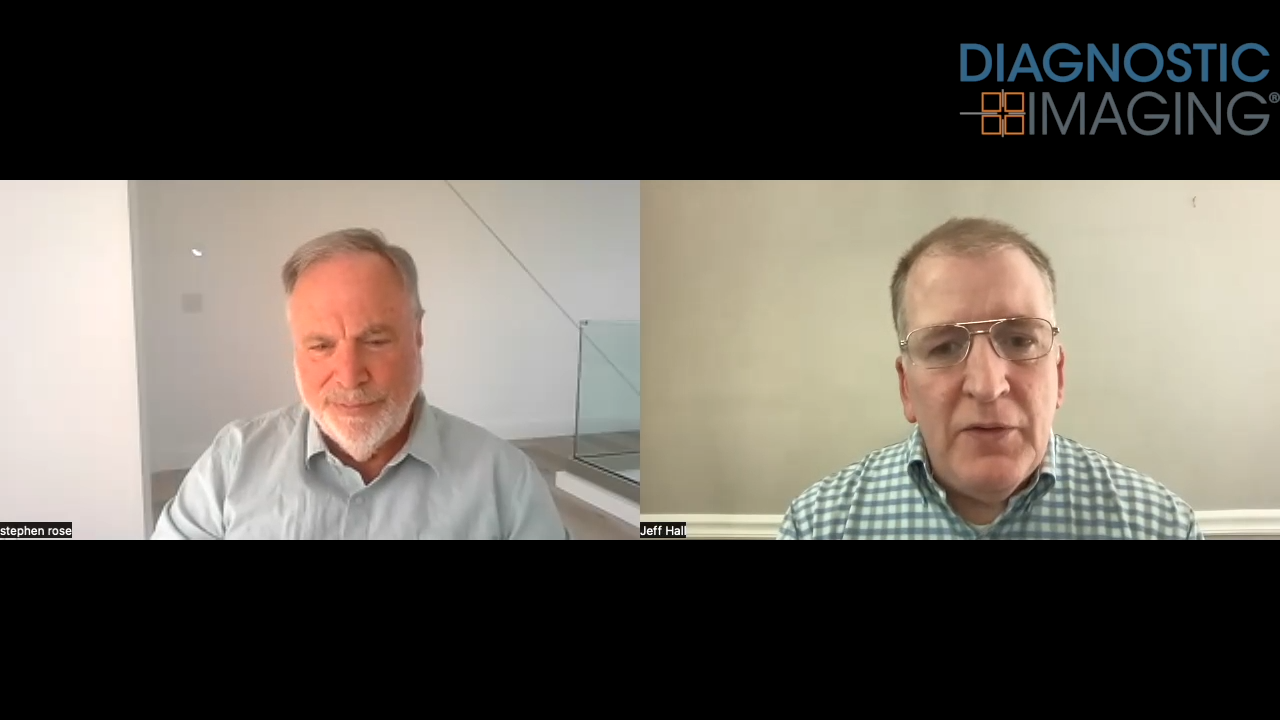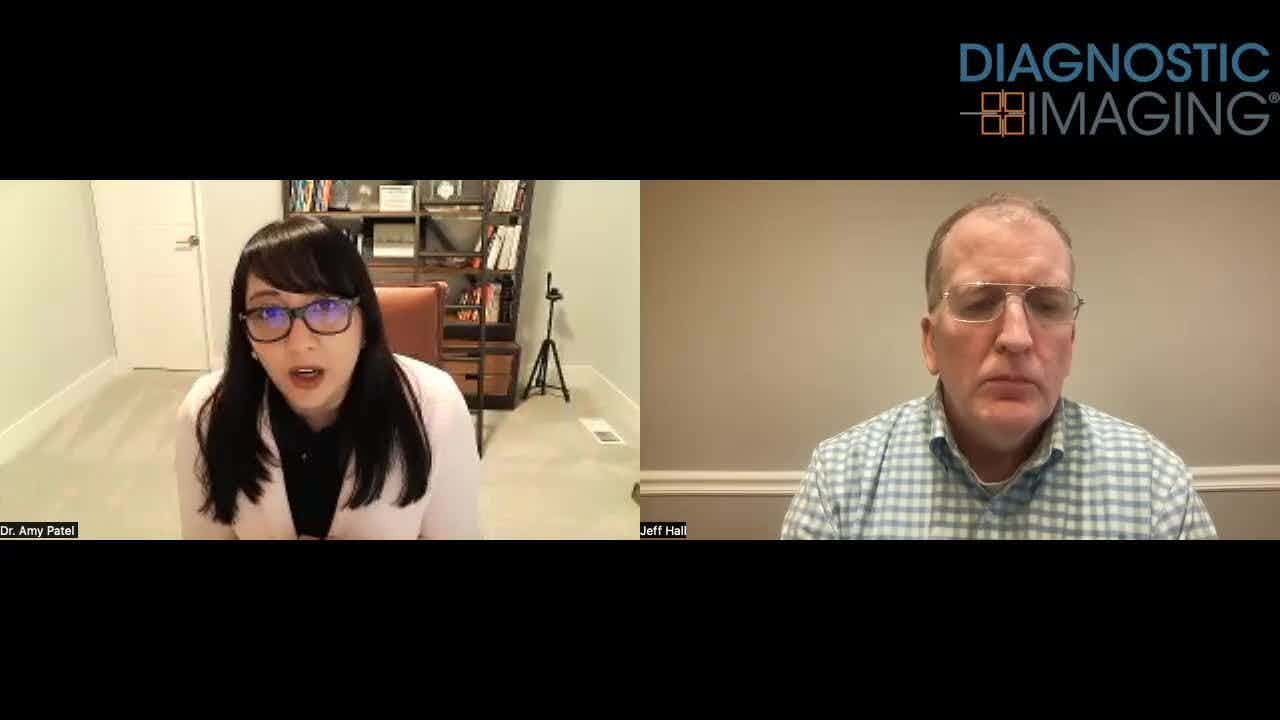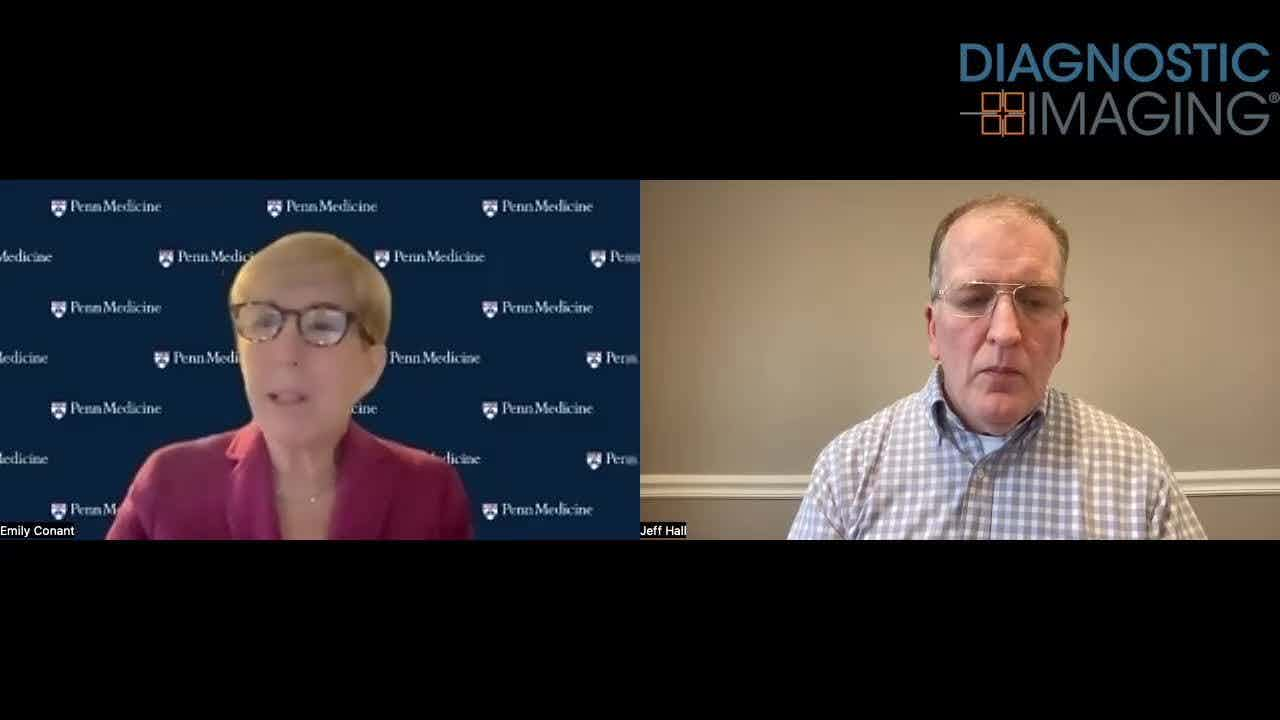Mammography follow-up catches patients in affordable safety net
Batch reading of mammography studies has economic and clinical advantages, but it poses challenges for patient follow-up. Researchers in Michigan, however, claim they spend just 16¢ cents per patient screened to ensure high patient compliance with recalls. They say the low price is well worth paying.
Batch reading of mammography studies has economic and clinical advantages, but it poses challenges for patient follow-up. Researchers in Michigan, however, claim they spend just 16¢ per patient screened to ensure high patient compliance with recalls. They say the low price is well worth paying.
In a retrospective study, breast imaging researchers at the University of Michigan Health Center in Ann Arbor examined hidden costs and effectiveness of a system for tracking patients after mammography. Between 2002 and 2004, about 30,000 patients were screened, of whom 4025 required a follow-up diagnostic exam. A multilayered system of patient tracking achieved a 99.5% compliance rate at the additional cost of about $4700 over three years.
"The cost of the system is only 16¢ a screened patient, with an enhanced safety net for picking up cancer," said Dr. Caroline Blane, a professor of radiology at Michigan who presented the results at the American Roentgen Ray Society meeting in Vancouver.
The study showed high compliance is achievable in an offline screening program, meaning screening mammograms are read in batches after the patients' departure. Previously (prior to 1997), the center had an online screening program, whereby patients received their exam results on the day of screening along with any diagnostic studies necessary at that time. Online screening has a 100% compliance rate for follow-up but also has disadvantages.
"Online screening mammography is costly compared to offline screening. It saves money to batch the patients, then batch the interpretation of the studies, and finally batch the letters to the patients," Blane said.
Blane pointed out evidence that batch reading of screening mammograms may improve cancer detection (Cancer 2004;100:1590-1594). Research suggests that a quiet environment without the interruptions that accompany online reading may enhance concentration. Offline reading also allows more time to consult with colleagues as necessary, she said.
At the Michigan center, patients are not categorized or biopsied based on a screening result. Instead, they are referred for a follow-up diagnostic mammography exam. The policy toward recalls is "liberal," and about 13% of patients are called back for follow-up assessment.
Responsibility for tracking patients and making sure they receive diagnostic studies is assumed by the radiology department.
"Referring doctors were delighted for us to take this on," Blane said.
The cost data for the study are based largely on the time of clerical staff, who make $17 per hour, including benefits. After the screening exam, staff called patients to schedule a diagnostic study, resulting in additional costs over three years of about $4000. Out of 4025 patients who needed a diagnostic study, 3977 returned, equivalent to a 98.8% patient compliance rate.
Staff spent additional time contacting the 48 noncompliant patients by telephone and also sent them letters by registered mail. These efforts resulted in roughly another $700 in costs.
Of those 48 patients, 28 came back. In one case, a patient who was initially noncompliant but later returned was diagnosed with invasive breast cancer.
To help achieve higher compliance rates, the center uses software to call out patients who have not returned for a diagnostic study. Low-tech methods include eye-catching labels on daybooks to highlight certain patients.
The center trained scheduling staff about screening versus diagnostic mammography, enabling them to deal with patients effectively and knowledgeably. Patients are scheduled for diagnostic exams within two weeks of a suspicious or inconclusive mammogram. Time slots for diagnostic exams are set aside based on the screening volume and typical recall rate.
Ensuring patient compliance brings fringe benefits with respect to malpractice.
"As a side benefit to patient safety issues, the system also decreases risk exposure," Blane said.
For more information from the Diagnostic Imaging archives:
CAD gives radiologists a slight boost in mammography
Study highlights racial inequalities in mammography screening
Mammography Study Compares False Positives Between AI and Radiologists in DBT Screening
May 8th 2025For DBT breast cancer screening, 47 percent of radiologist-only flagged false positives involved mass presentations whereas 40 percent of AI-only flagged false positive cases involved benign calcifications, according to research presented at the recent American Roentgen Ray Society (ARRS) conference.










